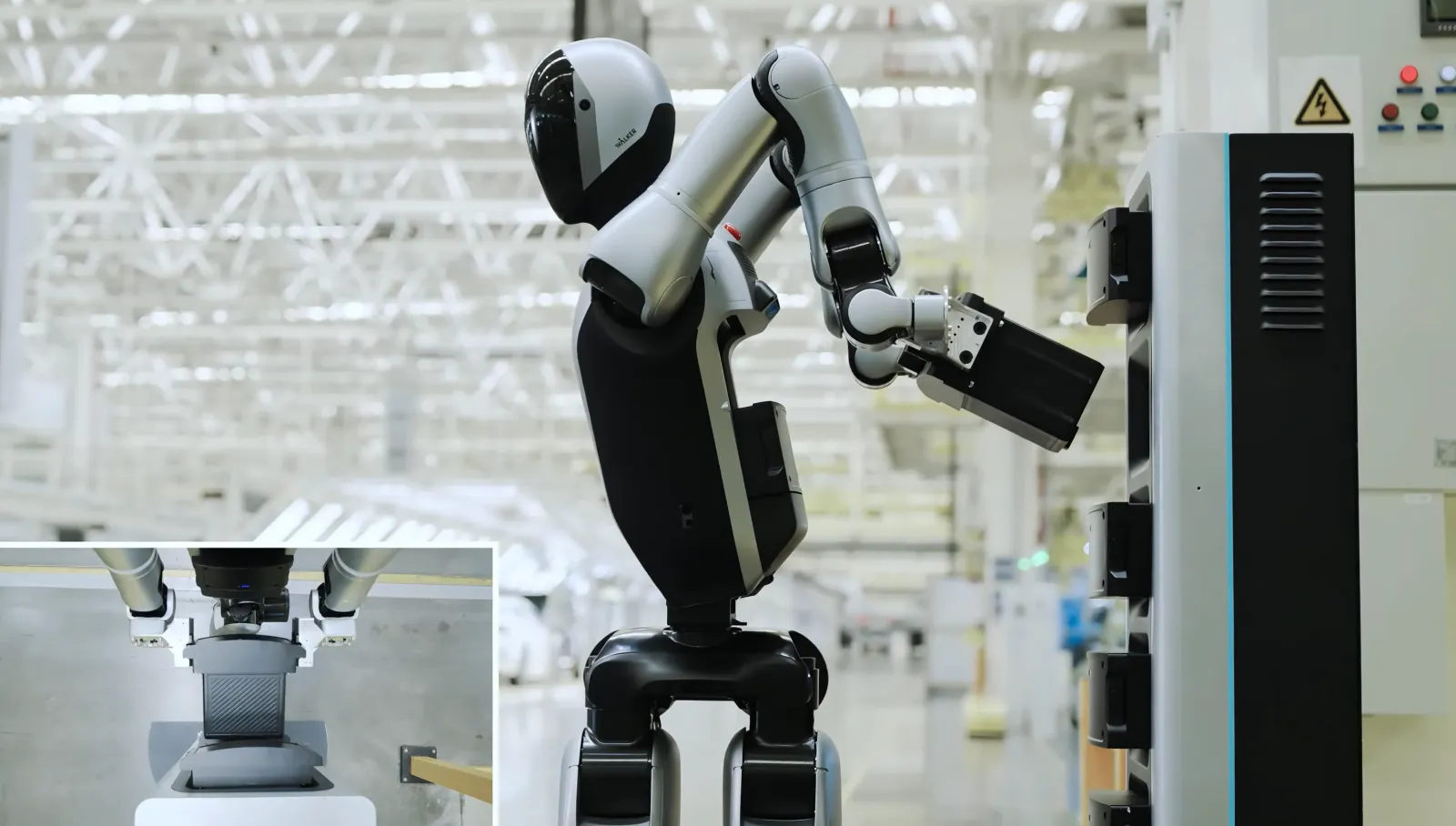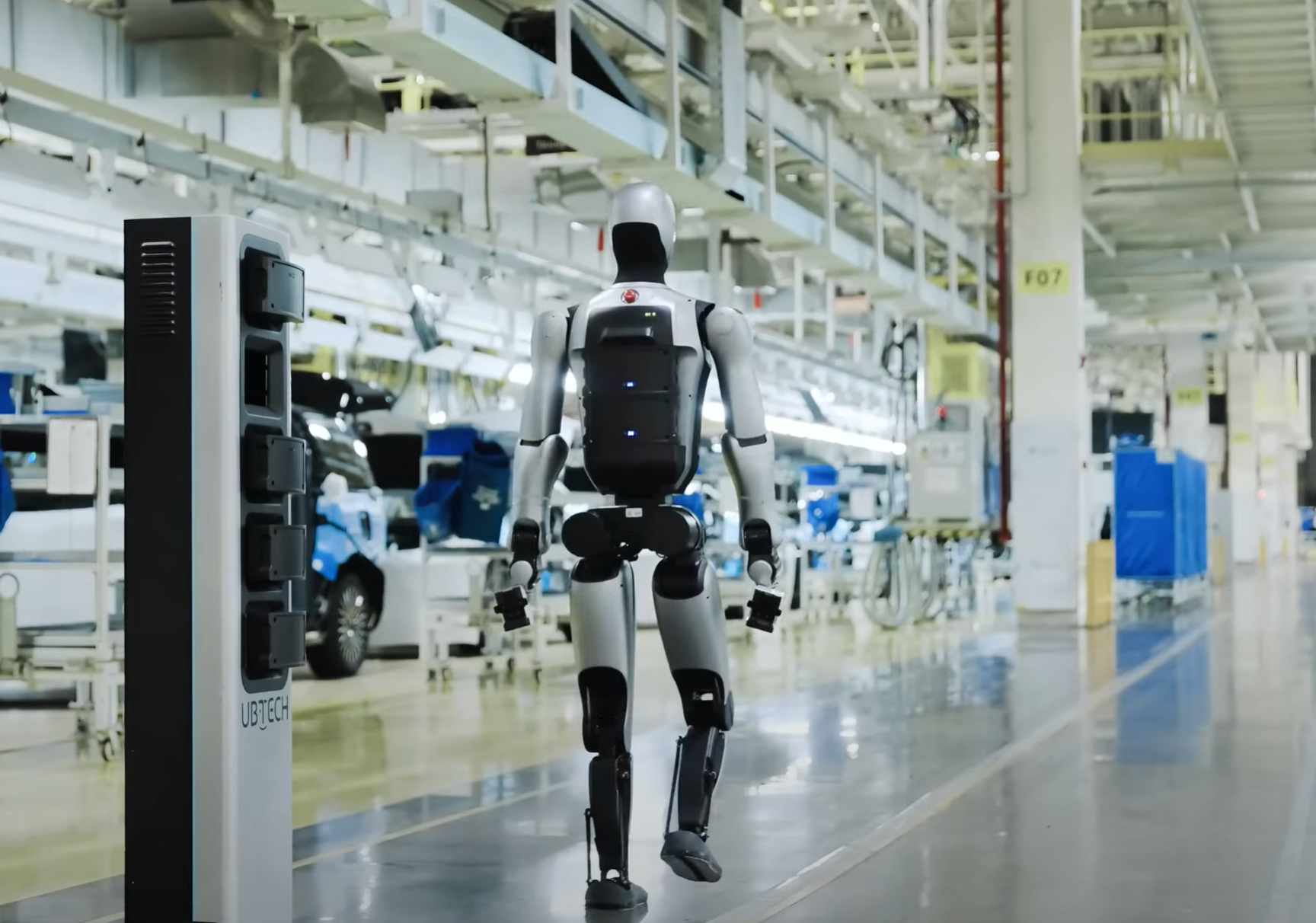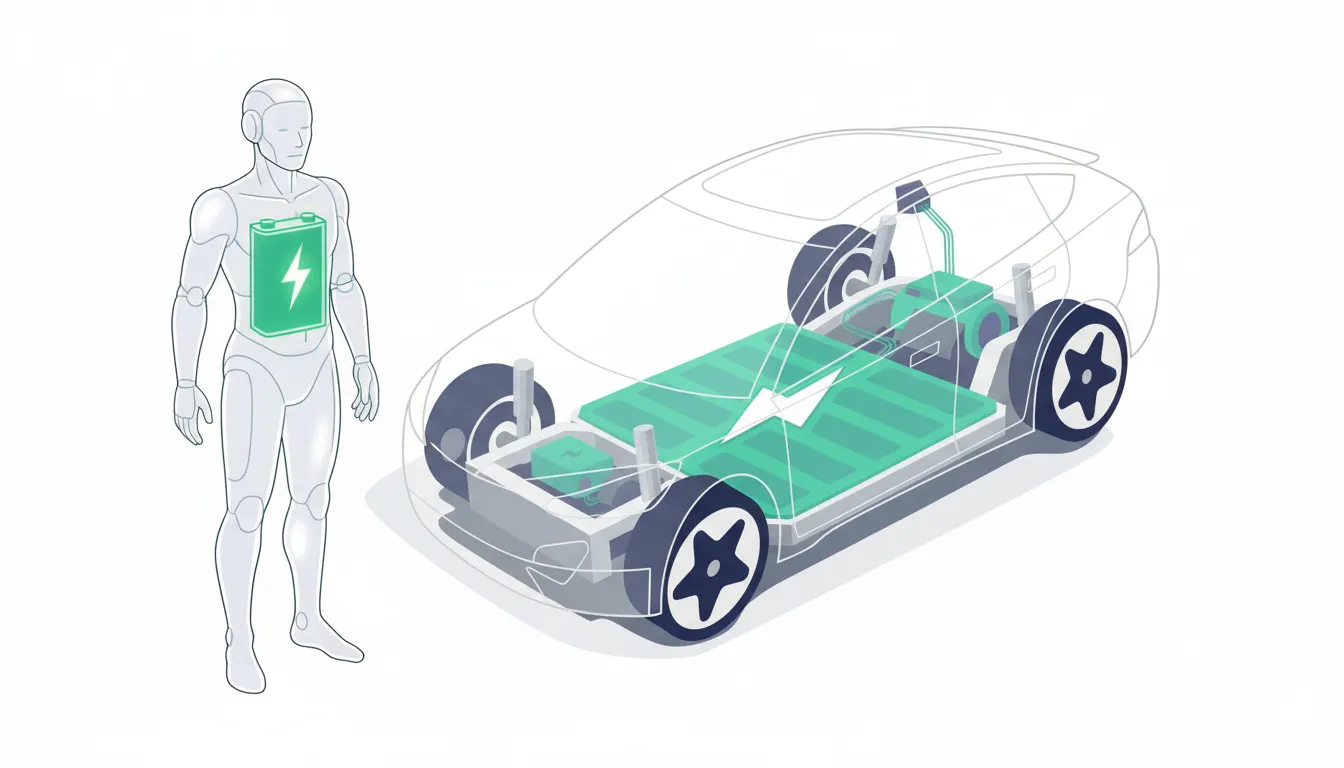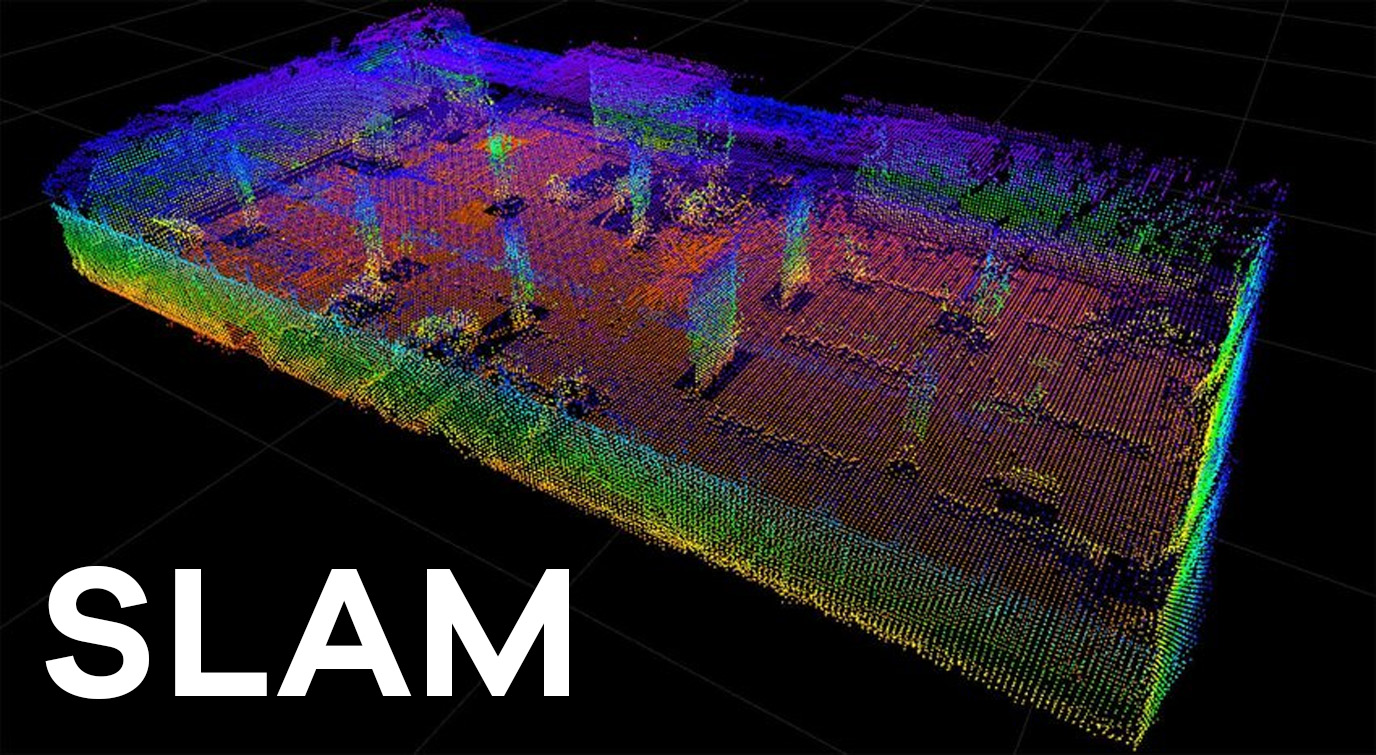- Who: UBTECH is a robotics company founded in 2012, specializing in humanoid robots.
- What: Their industrial humanoid robot, Walker S2, demonstrated a groundbreaking new skill.
- The Feat: The robot can autonomously swap its own battery. It walks to a station, removes the depleted battery from its back, and inserts a fully charged one.
- Why It's a Big Deal: This solves the major challenge of robot downtime for recharging, enabling machines to operate 24/7 without human intervention.
- The Impact: This is a crucial step in making humanoid robots practical and reliable for real-world industrial and commercial jobs.
Let's be honest, we've all been there. You’re in the middle of something important, and your phone flashes that dreaded "20% battery" warning. The panic sets in. Now, imagine you're a five-foot-tall, multi-million dollar humanoid robot. Your entire existence depends on that juice. For years, this has been a major buzzkill for the robotics world. A robot is no good if it has to be chaperoned to a power outlet every few hours.
Well, it seems the robots are starting to solve their own problems. A video making the rounds shows a robot from UBTECH, called Walker S2, performing a feat that is somehow both mundane and utterly revolutionary: it swaps its own battery.
First, who is UBTECH? Think of them as the ambitious veterans of the humanoid robot world. Founded back in 2012, this company has been laser-focused on creating bipedal robots that can, well, walk the walk. From educational bots to their advanced "Walker" series, they’ve been steadily building the brains and joints of our future robotic colleagues.
But this latest video is the real showstopper. The Walker S2, looking like it just finished a long shift, calmly strolls over to a charging station. With the precision of a surgeon (or at least someone who’s really good at those claw machine games), it opens a little hatch on its own back, pulls out the depleted battery pack, and slots it into a charging bay. It then grabs a fully charged battery and plugs itself back in. Job done. Back to work.

Why is this so mind-blowing? Because it solves the endurance problem. We’ve seen robots run, jump, and even do backflips. But none of that matters in a factory or warehouse if the machine has to sit in a corner, useless, for eight hours while it recharges. This battery-swapping skill is the key to unlocking true 24/7 autonomous operation. It’s the robotic equivalent of learning to make your own coffee, pack your own lunch, and show up for your next shift without anyone asking.
While we're all dazzled by robots that can mimic human acrobatics, it’s this kind of practical, almost boring, problem-solving that represents a monumental leap forward. UBTECH’s Walker S2 didn't just perform a cool trick; it demonstrated how humanoid robots could become persistent, reliable workers. So, the next time your phone dies, just remember: somewhere out there, a robot has already figured that problem out. Your move, Apple.




